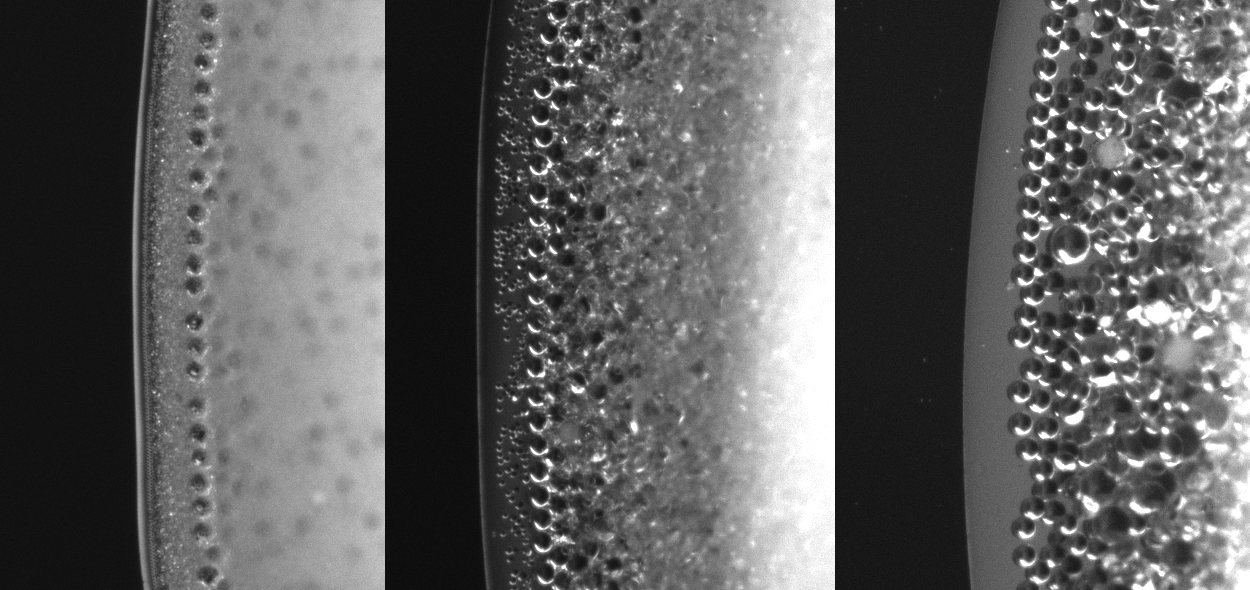Friday, September 29th, 10h00, Pierre-Gilles de Gennes amphitheater Level -1, Condorcet Building.
PhD defense of Alice Pelosse
Capillary flows of granular suspensions.
supervised by Elisabeth Guazzelli and Matthieu Roché
Abstract:
This work focuses on the capillary flow of granular suspensions. Suspensions, heterogeneous mixtures of particles in a fluid, are ubiquitous in our environment and in the industry (blood, avalanches, cosmetics, cement). Granular suspensions are used when particle agitation is negligible. Unlike most studies dealing with large volumes of surface-air suspensions, my research focuses on millimeter flows of suspensions coupled to a dynamic interface. These flows are then called capillary flows because they are dominated by capillary forces at the interface. The suspended particles then interact with an interface that confines them more or less according to their size. My approach, based on experience, is deepened by theoretical reflections on the key ingredients of modeling these systems.

Author: Alice Pelosse
